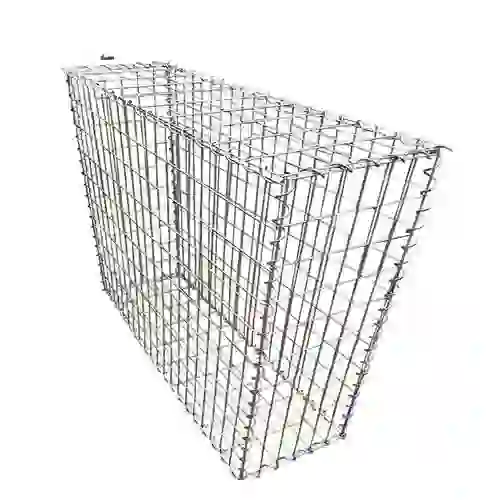-
 Phone:
Phone: -
 Email:
Email:

Exploring the Versatility of Tie Metal Wire for Various Applications
The Versatility and Importance of Tie Metal Wire
In the world of construction, crafting, and various industrial applications, tie metal wire plays an indispensable role. This seemingly simple material is an unsung hero, supporting everything from building frameworks to agricultural structures. This article delves into the nature, types, uses, and benefits of tie metal wire, illustrating its critical role across different sectors.
Understanding Tie Metal Wire
Tie metal wire is typically made from steel or other durable metals, designed to provide strength and flexibility. Its primary function is to tie, hold, and bind objects securely together. The wire is manufactured in various thicknesses and lengths, making it adaptable to numerous applications. It is often galvanized to prevent rusting, increasing its longevity and making it suitable for both indoor and outdoor use.
Types of Tie Metal Wire
1. Galvanized Wire Coated with zinc to resist corrosion, galvanized tie wire is perfect for outdoor projects, such as fences and trellises. 2. Black Annealed Wire This type is softer and more flexible, making it easier to work with in applications requiring tight binding or tying. 3. Stainless Steel Wire Highly resistant to rust and corrosion, stainless steel tie wire is favored in environments with harsh conditions, such as marine or industrial settings. 4. Copper Wire Less common but used for specific applications where electrical conductivity or aesthetic appeal is necessary.
Applications of Tie Metal Wire
The applications of tie metal wire are vast, reflecting its importance in various industries
1. Construction In construction, tie wire is used to secure rebar in concrete frameworks, ensuring stability and strength. It also binds insulation materials and secures scaffolding. The versatility of tie wire makes it an essential component in the construction of buildings, bridges, and other structures.
2. Agriculture Farmers and gardeners utilize tie metal wire to support plants, create trellises, and manage fencing. The wire helps plants grow upright and can also protect crops from animals. Its durability in outdoor settings makes it a reliable choice for agricultural applications.
3. Manufacturing In manufacturing settings, tie wire is often used for bundling materials and products, ensuring that items remain compact during shipping and handling. Its strength ensures that even heavy items are securely held together.
tie metal wire

4. Craft and DIY Projects Tie metal wire is a staple in craft projects, providing crafters with the means to construct various items, from decorative pieces to functional tools. Its flexibility allows for creativity in designs and applications.
5. Electrical Applications While not its primary use, tie wire can also serve in making temporary electrical connections, thanks to certain types of wire being electrically conductive, such as copper.
Benefits of Using Tie Metal Wire
The advantages of using tie metal wire in various applications are numerous
1. Strength and Durability Tie metal wire is designed to withstand significant tension and stress, making it ideal for heavy-duty applications.
2. Cost-Effectiveness Compared to other binding materials, tie wire is relatively inexpensive, making it a practical choice for both large-scale operations and small DIY projects.
3. Ease of Use The wire can be easily manipulated and cut to the desired length, allowing for quick applications without the need for specialized tools.
4. Weather Resistance Particularly with galvanized and stainless steel options, tie wire can withstand harsh weather conditions, making it suitable for outdoor use.
5. Recyclability Many types of tie metal wire, especially those made from steel, are recyclable, contributing to environmentally friendly practices in both construction and manufacturing.
Conclusion
Tie metal wire may seem like a simple tool, but its versatility and importance in various fields cannot be overstated. From construction sites to agricultural farms, and even in craft studios, tie wire serves critical functions that enhance productivity and efficiency. As industries continue to innovate, the reliance on materials like tie metal wire will undoubtedly persist, underpinning the foundational structures of modern society. Whether you’re a builder, a farmer, a manufacturer, or a DIY enthusiast, recognizing the value of tie metal wire can lead to better practices and outcomes in your projects.
-
Wire Mesh for Every Need: A Practical SolutionNewsJul.25,2025
-
Steel Fences: Durable, Secure, and Stylish OptionsNewsJul.25,2025
-
Roll Top Fencing: A Smart Solution for Safety and SecurityNewsJul.25,2025
-
Cattle Farm Fencing Solutions for Maximum SecurityNewsJul.25,2025
-
Affordable Iron Binding Wire SolutionsNewsJul.25,2025
-
Affordable Galvanized Wire SolutionsNewsJul.25,2025
-
Wire Hanger Recycling IdeasNewsJul.25,2025








